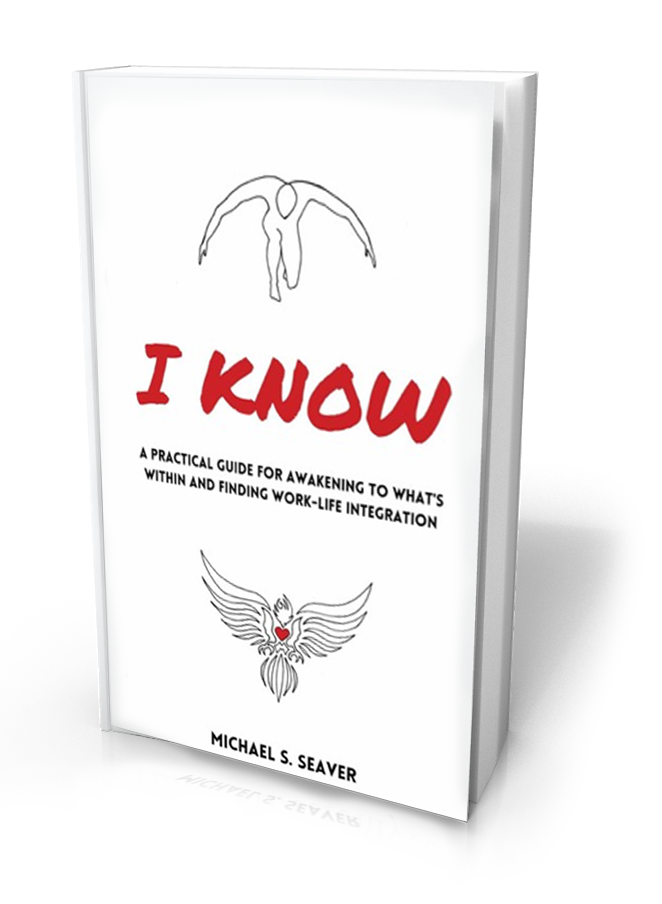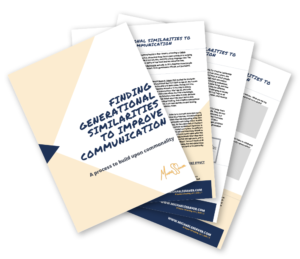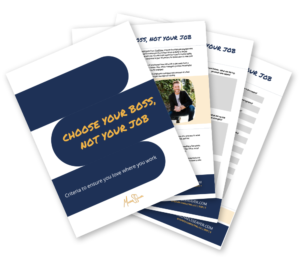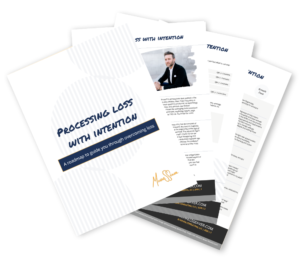After spending four years in the hospitality industry, and recently reading The New Gold Standard by Joseph A. Michelli, I was reminded just how important service recovery can be. I was very fortunate to work for two years in the Four Seasons chain of resorts. I was amazed at what the employees were willing to do for their guests. As a healthcare employee at Banner Health, I remember being focused on practicing the AIDET model, developed by the Studer Group. Learn more about it here.
Four Seasons’ employees were always willing to give complimentary room upgrades. Assuming there was availability, that was easy. Once, there was a high profile guest who wanted a treadmill in his room, so an employee bought one and had it installed in his room within four hours. The food and beverage staff was notorious for going above and beyond to accommodate guests with special food allergies. One traveled over an hour to a market to buy a special food item. I am sure you have heard about or read phenomenal stories as well.
What practical things can you do if a customer has a poor experience with your product or service?
1. Empower the Front Line Employees to Act Quickly – Although you need to alert them immediately, managers in your organization are probably too busy or too disconnected from the situation to assist effectively. Take the time to establish detailed rules around what employees can do to remedy a tough situation. Who better to know how to best service the customer than the people who are talking to them everyday? By providing guidelines for how quickly a response needs to be made and what they employee can do (how much money they can “spend”), you will be setting your organization up for success…and hopefully making a brand evangelist out of the satisfied customer.
2. Show Empathy and Apologize Appropriately – It is very important that the employee empowered to deal with the challenge, immediately apologize, show humility, and respond with empathy. The customer needs to know that your organization is on his side and doing everything that it can to right the wrong. If the employee is defensive and attempts to shift blame back on the customer (even if the customer is partially at fault), the customer will become more disenchanted. You do not want to lose him and his future business, so showing that you care and are on his side will help appease him until the appropriate solution can be delivered.
3. Drive and Over-Deliver on Resolution – You know what the problem is, you’ve shown empathy for the situation; it is now time to WOW! the customer with your resolution. If a solution is unclear, give the front line employee the leverage to be able to ask the customer directly what would help resolve the concern. Armed with that knowledge, the employee can quickly under promise what he will deliver as a solution and then over deliver with what the customer asked for plus something else of value. Read my post about delivering excellent customer service here.
4. Review Lessons Learned – After the dust has settled and the customer is content, be sure to sit down and review the situation from beginning to end with your team. Regardless of how you got into a service recovery position, there is always a lesson to be learned. Be sure to take that knowledge and pass it to as many other employees as possible so that the mistake is not made twice. Remember, the definition of insanity is doing the same thing over and over again and expecting a different result. Learn the lesson, share it with everyone you can, and move onto delivering excellent service to your next customer.
By recovering quickly from mistakes made, the excellent service you provide to your customers will over shadow any negative perceptions that may linger. It is your job to make the service recovery so memorable that the customer forgot why he was he was upset in the first place.
“The more expediently a problem is resolved, the more quickly it’s forgotten.” – Joseph A. Michelli, Ph.D.






Connect with me